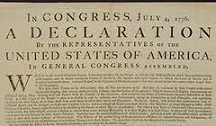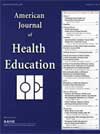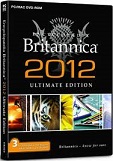
Primary and Secondary Sources
 Primary sources are original intellectual content such as artistic works, diaries, eyewitness or contemporary newspaper reports, memoirs, speeches, government reports & statistics, or other sources of evidence written or created during the time under study.
Primary sources are original intellectual content such as artistic works, diaries, eyewitness or contemporary newspaper reports, memoirs, speeches, government reports & statistics, or other sources of evidence written or created during the time under study.
Primary sources generally serve as foundation material for a subject area. Primary sources allow researchers to analyze data or objects for themselves in order to come up with alternate theories and opinions.
Primary sources can be speeches, letters, interviews, news programs, official records, novels, art, music, and scholarly journal articles reporting NEW research findings.
 Secondary sources interpret, analyze, or comment on primary sources. Secondary sources can be encyclopedias, books, newspaper articles, reviews, critical essays, journal articles, or textbooks. When a writer looks at a primary document, and produces a work that tries to make sense of what he or she finds, the result is a secondary study or secondary source.
Secondary sources interpret, analyze, or comment on primary sources. Secondary sources can be encyclopedias, books, newspaper articles, reviews, critical essays, journal articles, or textbooks. When a writer looks at a primary document, and produces a work that tries to make sense of what he or she finds, the result is a secondary study or secondary source.
A secondary source is any source about an event, period, or issue in history that was produced after that event, period, or issue has passed. The most commonly assigned secondary source in college writing is a scholarly monograph - a volume about a specific subject in the past, written by an expert. Articles in scholarly journals, which are similar to monographs, but on a smaller, more focused scale are also common secondary sources.
Scholarly monographs and articles are very useful sources. Written by experts, they come with a certain built-in "credibility"; articles are often peer-reviewed, meaning that they have been judged worthy of publication by other experts in the field prior to going into print. Similarly, books and monographs go through elaborate pre-publication editing processes to ensure a minimum of factual errors.
 Tertiary sources repackage the information provided by the other two types of sources. Examples include dictionaries or encyclopedias that summarize or abstract information, and present it in an easy to interpret format.
Tertiary sources repackage the information provided by the other two types of sources. Examples include dictionaries or encyclopedias that summarize or abstract information, and present it in an easy to interpret format.